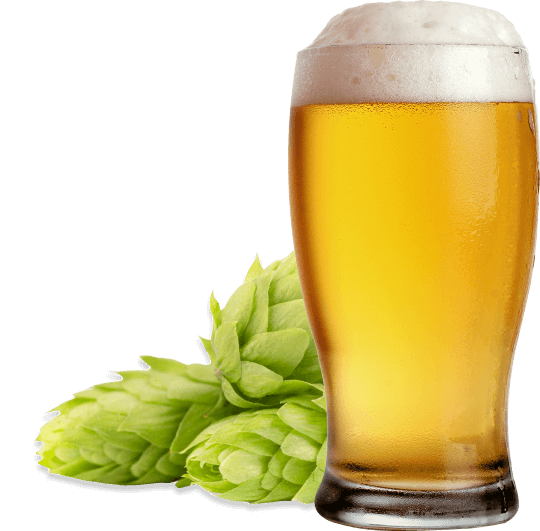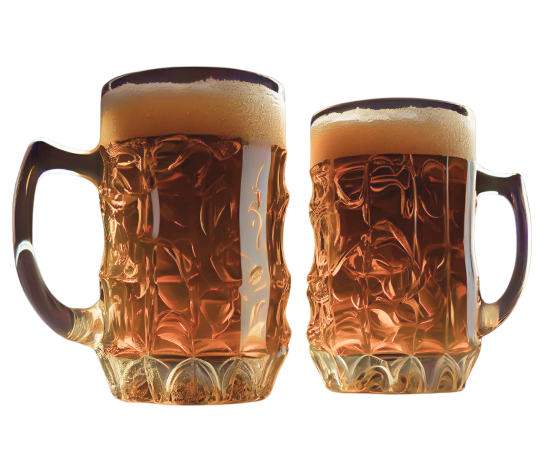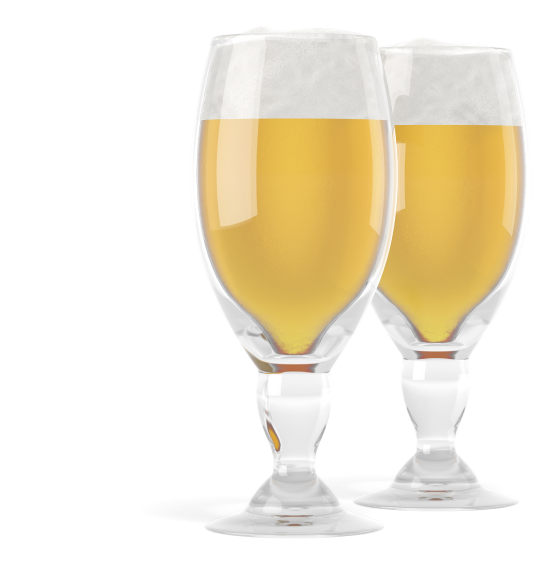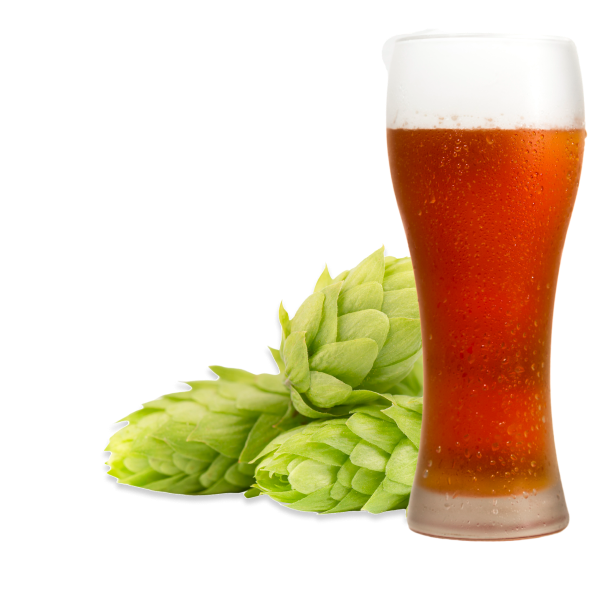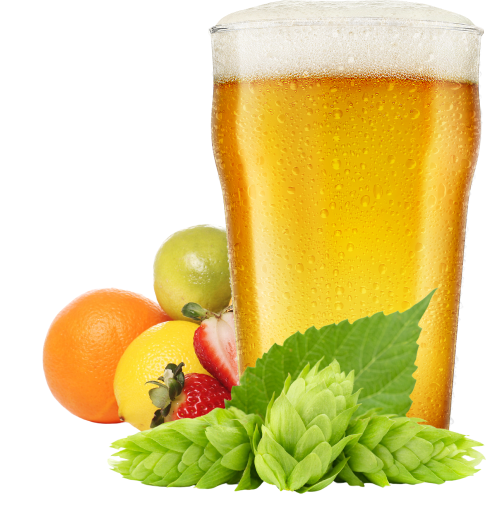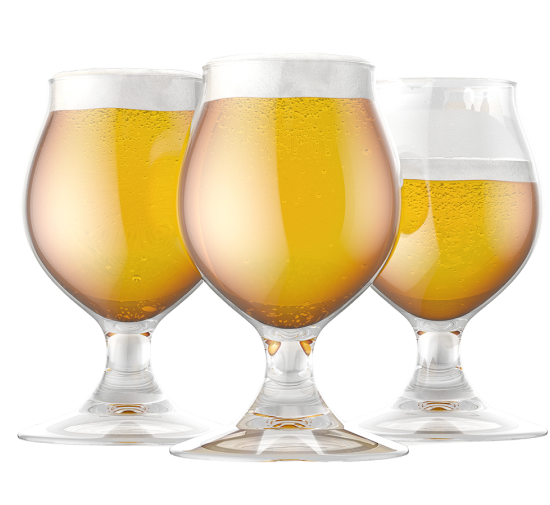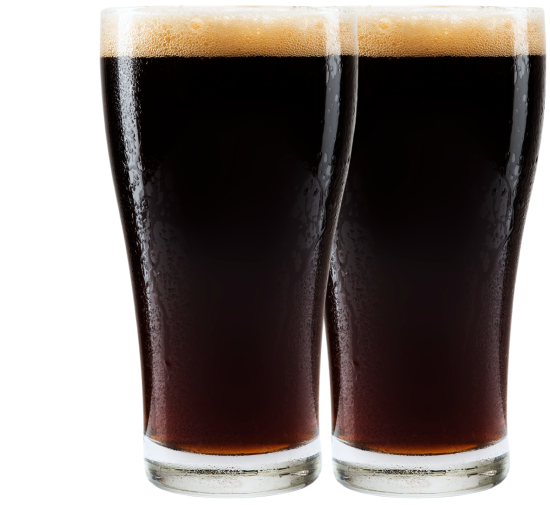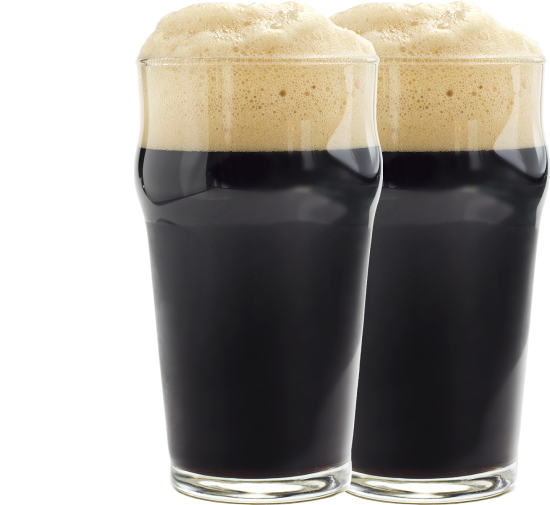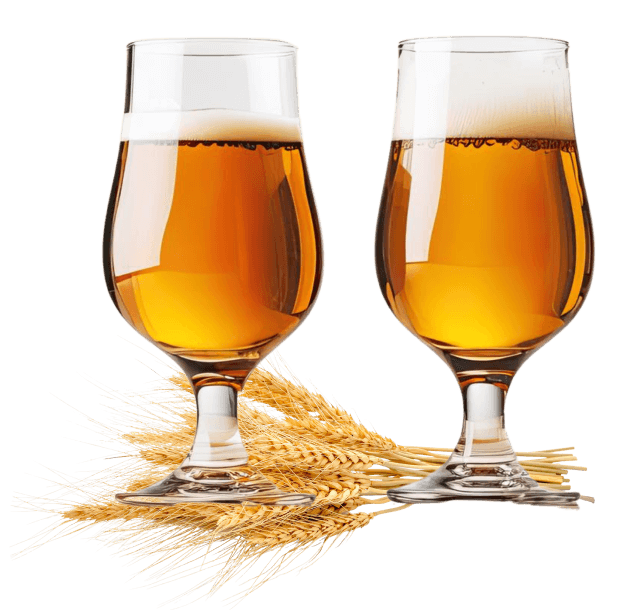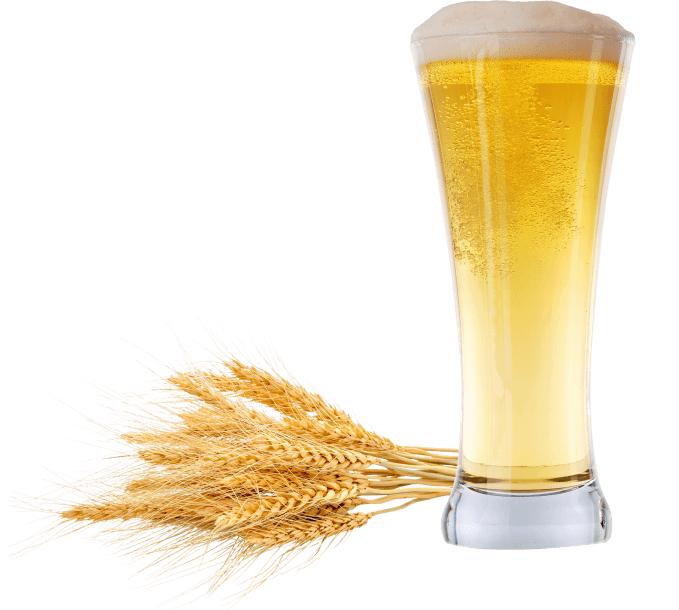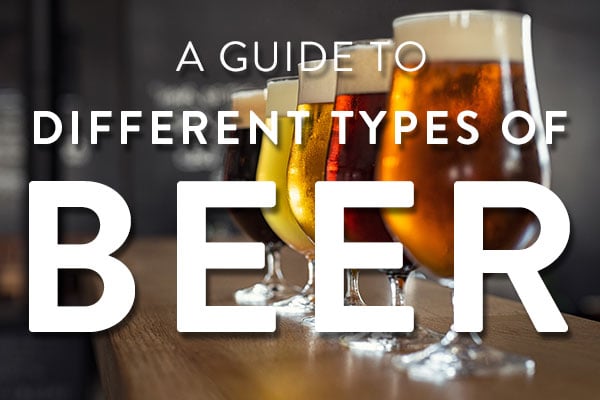

Exploring
the World of Beer
A Guide to Different
Types and Their
Ingredients

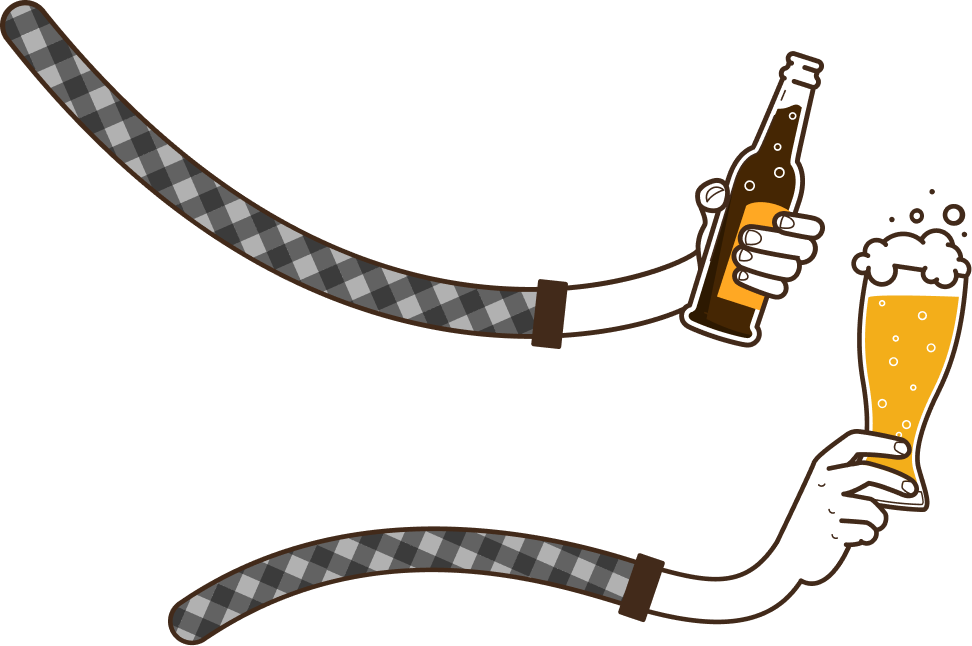

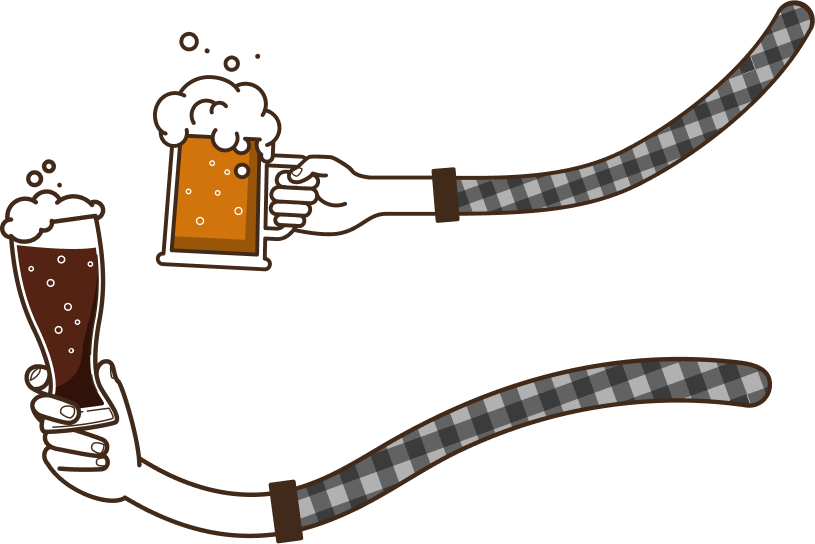
To some consumers, beer is just beer. However, delving into the ingredients and types of beer on the market can enrich your enjoyment of beer and change how you view the beverage. After all, there are many incredible flavors to enjoy, with innovative home brewing techniques and beer industry facts that will blow your mind and keep you on your toes the next time you crack open a cold one.
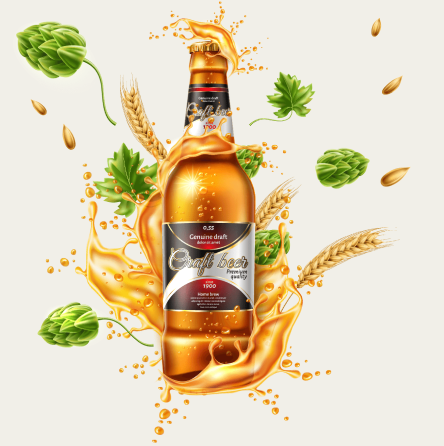
If you’re keen to learn more and explore the world of beer with us, raise a glass as we’re about to dive into the tasty types of beer available and the ingredients that make them so unique.
The Basics: Common Ingredients in Beer
Although many different types of beer are available and have a spectrum of qualities, common ingredients cross over into each type to produce the quintessential taste of beer. Let’s consider each essential beer ingredient;
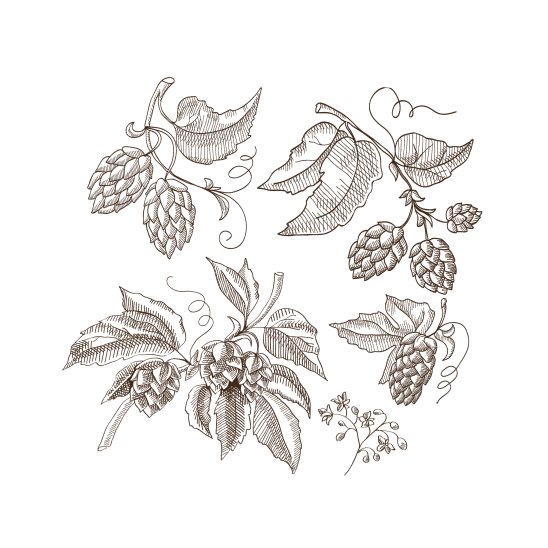

Water

Malt/grains


Hops

Yeast


Water
Water is the foundation of every beer and holds many vital roles in the production process, such as;

Solvent and Extractor
Water acts as a solvent, in which fermentable sugars, proteins, and other compounds are extracted from the malt during mashing.
The result is wort, a sweet liquid that is the foundation for beer production.
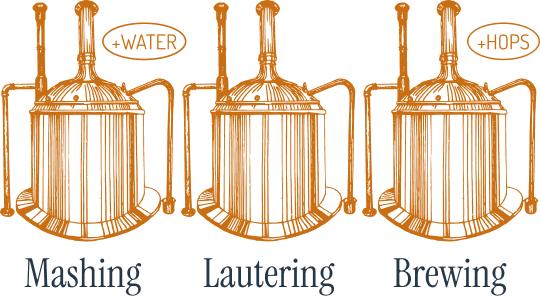
pH Balance
Water chemistry affects enzymatic activity during mashing, particularly its pH level. Malt has enzymes that require specific pH ranges to convert starches into fermentable sugars efficiently. When brewing water, adjusting the pH optimizes the enzymatic activity and ensures efficient starch conversion.
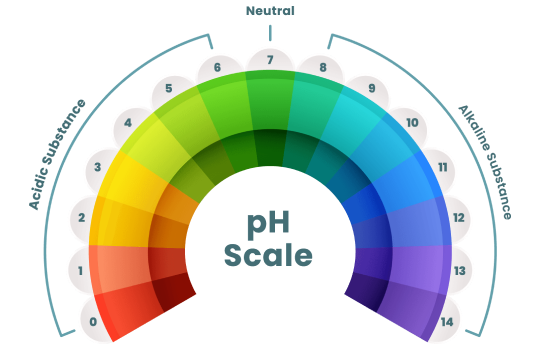
Mineral Content
Water’s mineral composition impacts the taste and character of the beer. As different water sources have various mineral levels, flavors, bitterness, and balance are slightly different. For example, the water of certain regions, like the Czech Republic and Pilsen, has low mineral contents, which equates to more delicate and soft lager flavors and balance.
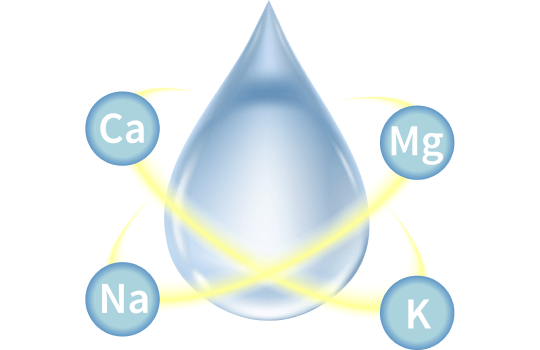
Yeast Health and Fermentation
One of the main factors affecting yeast health and fermentation performance is water quality due to minerals that provide essential nutrients for yeast metabolism and reproduction. An example is calcium levels, with balanced levels supporting yeast flocculation and enhancing fermentation. Excessive chlorine or chloramine can harm yeast, so these compounds are treated and removed before brewing.

Dilution and Consistency
Once the wort has been boiled, water dilutes it to the desired volume and achieves the targeted original gravity (OG). This step makes the brewing process more consistent as brewers can reproduce specific beer styles with specific characteristics and strengths.

Cleaning and Sanitization
Water is essential for sanitizing and cleaning brewing equipment, packaging materials, and fermentation vessels. Of course, equipment must always be sanitized and clean to maintain high quality and safety while preventing contamination.

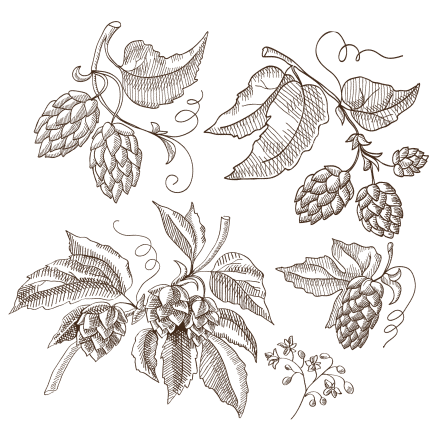
Malt/grains: The Backbone of Flavor and Sweetness


Barley

Wheat

Corn

Rye
Malt is an essential ingredient in beer making, referring to when grains have undergone malting. Cereal grains such as barley, wheat, corn, and rye are dried and germinated with malting.
The process sees grains submerged in water, initiating germination. When germination occurs, enzymes are activated, kicking off the starch conversion into sugars.
This transformation must occur, as fermentable sugars are needed for yeast to convert into alcohol during fermentation.
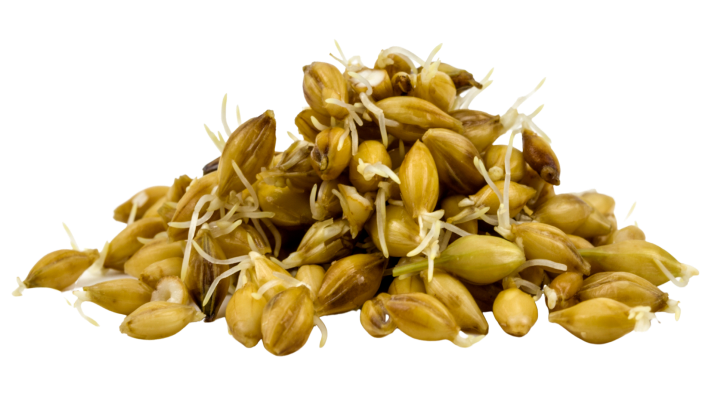

Once germination has occurred, grains are dried using hot air, preventing further germination and preserving sugars created. Different drying levels and temperatures affect the malt’s flavor and color.
Pale malts are produced when lower temperatures are applied, delivering lighter colors and milder flavors. On the other hand, darker malts are created with higher temperatures and take much longer to dry to produce more decadent flavors and deeper colors.
When malted, grains are milled, causing the outer husk to crack and expose the starchy interior, perfect for brewing due to increased accessibility. Next, the milled malt is mixed with hot water in a process known as mashing, which allows the enzymes to convert the starches into fermentable sugars. The liquid produced is known as wort and is the basis for beer production.
Malt's Role in Beer Making
Malt has many roles that make it an essential part of the beer-making process. Let’s take a look at each of these;
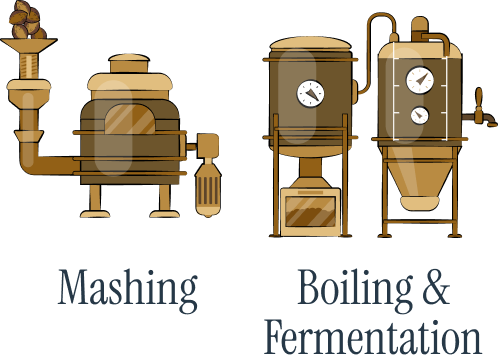
Sugar Source
The malting process converts starches into fermentable sugars, creating malts. Additionally, mashing sees malt mixed with hot water to further break down the enzymes used for conversion, breaking down starches into sugars, primarily known as maltose.
During fermentation, these sugars are used as the yeast’s food source, converting them into alcohol and carbon dioxide.
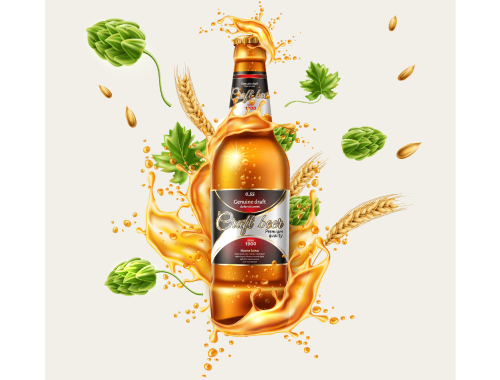
Flavor and Aroma
As there are many different malts, consumers can enjoy varying flavors and beer aromas. Beer’s flavor profile is primarily impacted by the level of roasting or kilning applied. Roasted, darker malts have toasty caramel, chocolate, or coffee-like flavors that are particularly rich, whereas pale malts have a crisp, clean sweetness. Roasted barley and wheat malt are specialty malts with specific flavor notes that can transform the drink’s flavor, such as spiciness or nuttiness.

Color
The beer’s color is determined by the type and amount of malt used in production. For example, darker malts yield brown, amber, and black hues, while paler malts can create light-colored beers. Kilning and roasting processes cause a Maillard reaction to occur, determining the color of the malt and whether the result is golden brown or black.

Body and Mouthfeel
Each beer has a different mouthfeel that creates a distinct drinking experience, and malt contributes to this sensation.
When malt starches are converted into sugars, unfermentable sugars are created that add residual sweetness to the beer, changing its mouthfeel.
Proteins derived from the malt contribute to the beer’s texture, providing a full-bodied, smooth character.
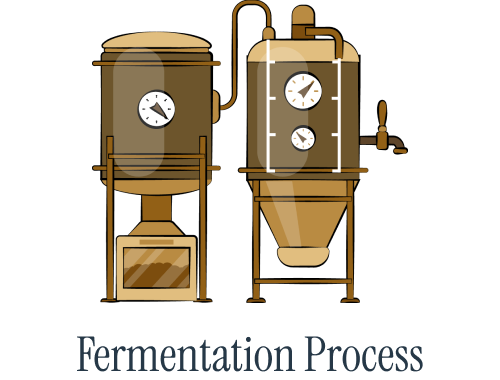
Foam Stability
One of the quintessential components of a beer is the foam on top, and malt proteins are essential to foam stability. The protein’s role ensures the foam can be adequately formed on top of the beer, retaining a dense and persistent head.
The process occurs when proteins interact with carbon dioxide gas released during fermentation, which creates a stable foam structure.
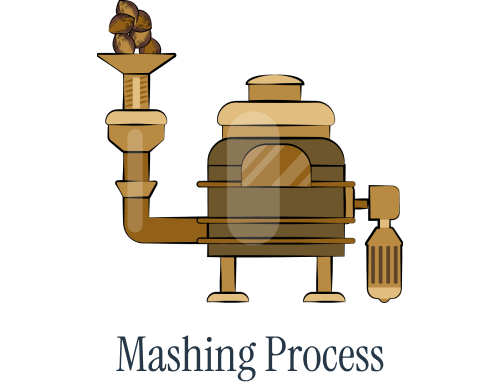
Enzymatic Activity
Aside from the sugars produced by malts, they also contain enzymes that break down proteins and other complex compounds during the mashing process.
Malt’s enzymatic activity is crucial to the beer’s stability, clarity, and flavor development.
Hops: Adding Bitterness, Aroma, and Balance

Hops are flowers from the Humulus lupulus plant and are fundamental to beer making. Let’s take a look at their contribution;

Hop's Role in Beer Making
Bittering Agent
Hops are essential to adding bitterness to beer to counteract the sweetness malt provides.
Hops are added to boiling wort during the brewing process, with heat activating the alpha acids present in hops, releasing bitter compounds into the liquid.
Varying levels of bitterness can be achieved by adjusting the type and amount of hops used, allowing brewers to achieve unique beer styles.
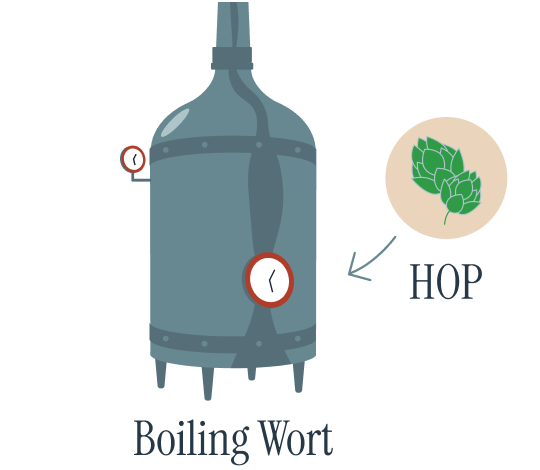
Flavor Enhancer
Various flavors can be achieved using different hops, creating distinct styles with depth and complexity. Brewers can achieve citrus, herbal, spicy, fruity, and floral notes by adding varieties of hops, balancing out the flavor, and enhancing the malt for a harmonious and well-rounded beer flavor.
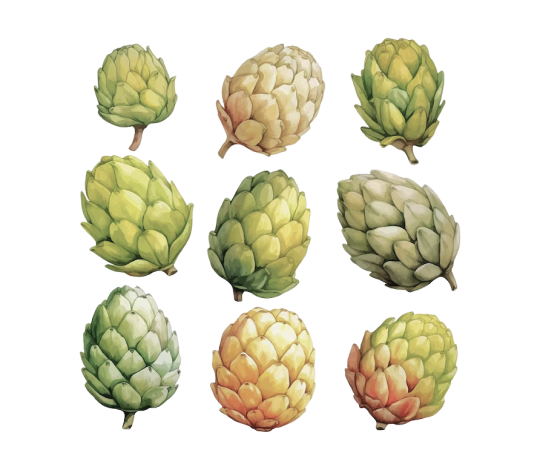
Aroma
Hops contribute to beer’s aromas, adding to the distinct and olfactory experience. During brewing and fermentation, essential oils are released by hops that produce fragrant compounds that add to the overall sensory experience of the beer. Various aromas can be created, from fruity to floral and resinous.
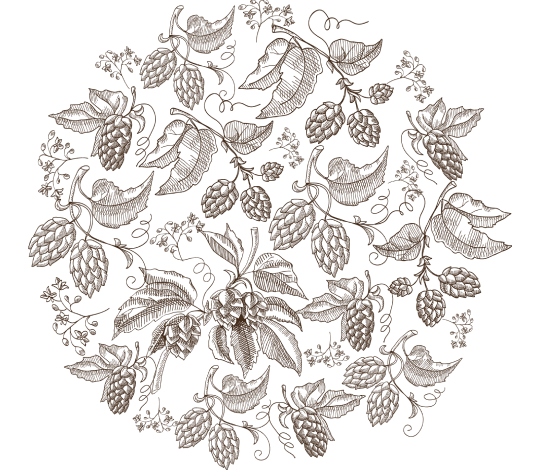
Foam Stability
As mentioned with malts, a beer’s foam is one of the most critical parts of the drinking experience. Hops are another essential element to establishing a clear and stable foam head due to the iso-alpha acids contributing to the beer’s longevity, structure, and visual appeal.
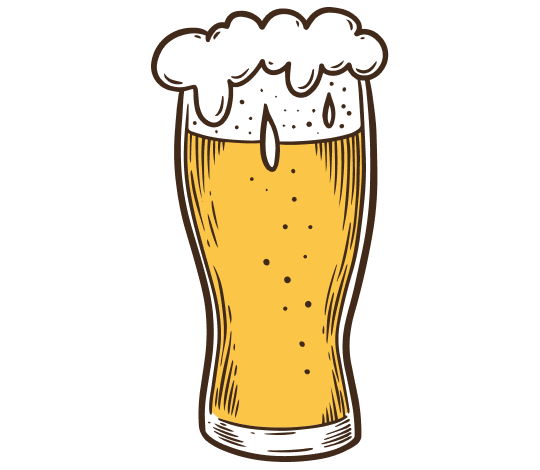
Natural Preservative
Antimicrobial properties are provided by hops, helping to prevent bacteria and microorganisms from growing in the beer. This natural preservative ensures beer can maintain freshness over time, with a reliable shelf life and stability that prevents spoilage, all thanks to hops!

Stylistic Differentiation
As there are wide hop varieties, brewers have the creative freedom to define beer styles and produce unique products
Take Indian Pale Ales (IPAs), for example, the hop-forward style that oozes bitterness. On the other hand, brewers could lean toward styles such as Pilsners for a more subtle and less bitter taste due to the lower hop content.
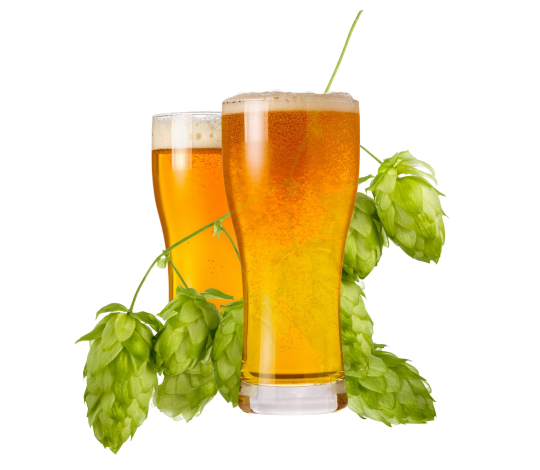
Experimental Brewing:
Many hops can create various flavors, from innovative styles blending unusual tastes to balanced beers with classic aromas. Whichever route brewers take, there is much scope to work with, and brewers can push boundaries and become recognized for their inventive approaches. Hop flavors come with hop techniques, such as hop bursting and dry hopping, which can produce incredibly versatile and exciting results.

Yeast: The Magic Behind Fermentation and
Alcohol Production

Without yeast, beer would not exist how we know and love it. The microorganism is a fungus responsible for fermentation, which converts sugars into alcohol and carbon dioxide, a crucial role in the beer-making process.

Yeast's Role in Beer Making
Fermentation
Yeast is added to the wort during brewing, creating extracted liquid from malted grains. From here, yeast consumes the fermentable sugars in the liquid and converts them into alcohol and carbon dioxide. This process is known as fermentation, and the metabolic activity of the yeast provides beer with its alcohol content.

Yeast consumes sugars in the liquid
and creates alcohol and CO2.
Flavor and Aroma
Similar to hops, different yeast strains can produce different flavors. From spicy flavor profiles to estery, fruity, and phenolic notes, brewers can achieve multiple aromas when using various yeast strains. Overall, selecting a specific yeast strain will significantly impact a beer’s flavor due to fermentation by-products, such as higher alcohols and esters.

Carbonation
Carbon dioxide is released as a by-product during fermentation, with yeast playing a role in the carbonating process. As beer is contained in sealed environments, like kegs or bottles, carbon dioxide dissolves into the liquid, which creates carbonation. As a result, consumers can enjoy beer’s sensory, bubbly mouthfeel experience.

Clarification
Yeast is also fundamental to clearing (clarification) beer. Flocculation occurs once the liquid has fermented, in which yeast cells sink to the bottom of the fermentation vessel, forming a sediment layer called trub.
Brewers can separate the beer from the trub with conditioning processes that produce a more transparent and aesthetically pleasing end product.

Alcohol Tolerance and Attenuation
Different yeast strains can withstand varying levels of alcohol during fermentation, which affects the alcohol content of the beer. In addition to alcohol tolerance, yeast can produce different attenuation levels, referring to its ability to leave residual sweetness in the beer or completely ferment sugars.
It’s advised that brewers select yeast strains to align with their goals, whether they aim for a sweet or dry finish to their beer.
Repitching and Propagation
Consistency can be maintained by reusing yeast from previous batches, using a process known as repitching. This process saves costs, and the yeast can also be propagated to provide adequate supplies to complete brewing operations efficiently.

Lagers: Crisp and Refreshing
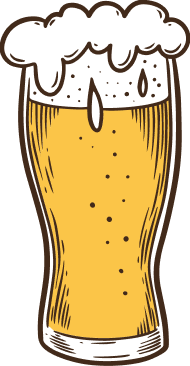
Lager is a type of beer that is fermented and conditioned at low temperatures, favored by consumers for its crisp, clean, and refreshing flavor. Below, we’ll cover some of the main characteristics of lager beer:

Fermentation
Lager fermentation occurs using bottom-fermenting yeast strains, scientifically called Saccharomyces pastorianus or Saccharomyces carlsbergenis. These yeast strains can ferment the beer at lower temperatures, between 7-13°C (45-55°F).
During fermentation, yeast sinks to the bottom of the vessel (bottom-fermenting).
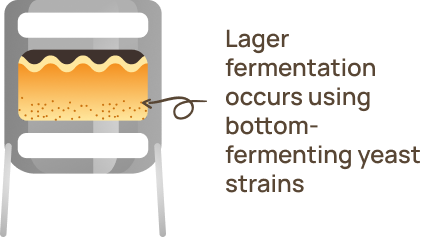
Temperature and Maturation
Once the beer has fermented, to make lager, a period of cold conditioning or maturation must occur, also referred to as lagering.
Usually, this process will last for several weeks or months, using near-freezing temperatures for the best results.
During the procedure, beer develops its flavor with a smoother, more clarified consistency without sediment.

This process need the near-freezing temperatures for the best results.
Flavor Profile
Brewers use specific techniques and ingredient combinations to create lager’s subtle, clean flavors. Malt is a more influential component of lager, providing sweetness that creates the overall delicate taste of lager. The bitterness of hops is kept low, providing just enough bitterness to balance the malt without overpowering it. Lager yeast has a crisp, restrained taste with fewer estery and fruity notes than ale yeast.
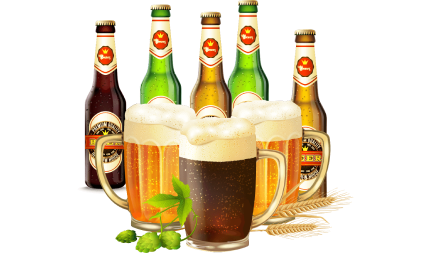
Color and Clarity
Lager has a versatile finish, with different beers ranging from pale golden to dark brown and amber. No matter the lager’s color, they usually have excellent clarity due to the extended cold conditioning period, allowing the remaining solids to settle, delivering a brilliantly clear end result.

Carbonation and Mouthfeel
As lager has a moderate/high carbonation level, the drink has a lively mouthfeel, making it all the more enjoyable. This results from the extended conditioning period, which creates a crisp and smooth texture with a refreshing finish.
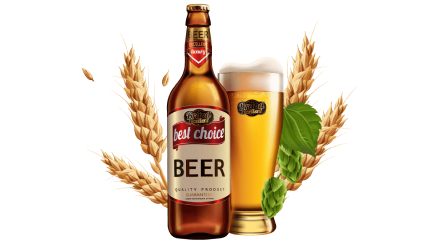
Types of Lagers
There are many types of lager consumers enjoy.
Let’s consider the most popular;
Ales: Rich and Flavorful
Warmer temperatures are used to ferment ale beer, with top-fermenting yeast strains known as Saccharomyces cerevisiae used. Ales are popular because of the diverse flavors, appearances, and aromas offered. Here are a few notables characteristics and features of ale beer:
Fermentation
As top-fermenting yeast strains are used for ale fermentation, yeast rises to the top of the fermentation vessel as temperatures reach 15-24°C (59-75°F).
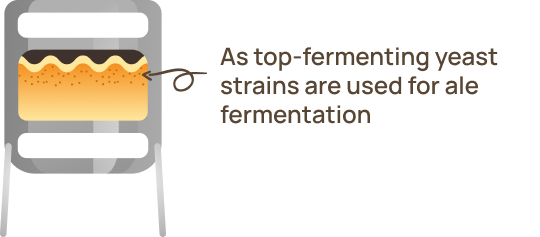
The rising of the yeast is why these strains get the name ‘top-fermenting’ yeasts.
Flavor Profile
Ales are incredibly versatile, with a broad flavor and aroma, accommodating a range of tastes and preferences. In contrast to lagers, ales have more obvious fruity, spicey, and estery notes that add to their innovative flavor palettes. As ales are fermented at higher temperatures, various flavor compounds can be produced for more diverse and complex taste results.
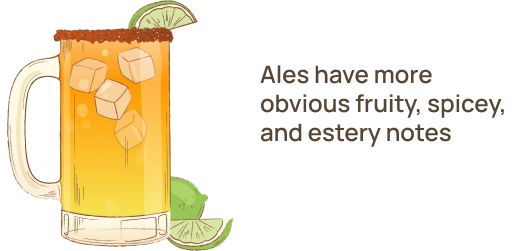
Temperature and Maturation
Ales have a faster fermentation process than lagers, as there isn’t a need for cold temperatures, with fermenting and conditioning procedures delivered at warmer temperatures. Once fermented, ales have a short conditioning period for flavor development, using temperatures slightly cooler than in fermentation.

Color and Clarity
Ales have various shades, with stouts and porters providing dark browns and blacks and pale ales delivering golden, amber hues. Sometimes, ale can have a hazy appearance as yeast particles can suspend, but some ales have excellent and evident clarity.
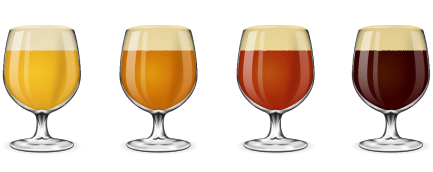
Carbonation and Mouthfeel
Ales provide a lively mouthfeel due to the moderate to high carbonation levels apparent in the drink. Of course, mouthfeels vary depending on the style of ale, with some versions having creamy and rich finishes and others having light and crisp touches.
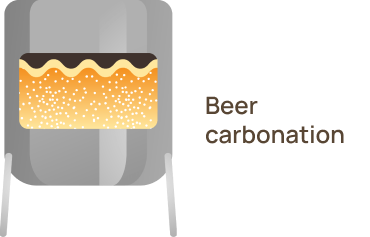
Types of Ale
Ales come in various finishes. Let’s take a look at the most
popular types enjoyed globally;
Wheat Beers:
Fruity and Spicy

Known as weissbier and witbier, wheat beer gets its name because it’s brewed with a high quantity of wheat, along with malted barley. Wheat beers are hugely popular with a hazy appearance, distinctly refreshing finish, and unique flavors. Here are some reasons behind their popularity and critical features:


With substantial malted wheat and malted barley used to produce wheat beers, a high quantity of wheat is present, giving this type of beer a distinct flavor compared to traditional beer styles.
The proportion of wheat used varies from 30% – 70%.

Wheat beers vary from pale to golden shades, usually hazy due to suspended yeast and proteins, providing a distinct visual cloudy appeal.

- Wheat beers provide a versatile flavor and aroma range that differ depending on the beer’s specific style. Here are some common characteristics:
- Fruity and Estery: Wheat beers have fruity esters yeast produces during fermentation. These esters have banana, bubblegum, and clove notes and sometimes citrus or tropical fruit aromas.
- Spicy and Phenolic: Spicy flavors are produced using specific yeast strains during brewing. Spicy flavors include pepper, clove, and smokey notes, creating a unique tasting experience.
- Wheat Tanginess: As the quantity of wheat is so high, the beer has a tanginess that pairs well with its thirst-quenching and refreshing quality.

Wheat beers have moderate to high carbonation levels that result in bubbly, lively mouthfeels. As carbonation is combined with wheat, flavors are enhanced to deliver this drink’s refreshing, crisp nature.

Types of Wheat Beer
Wheat beer has several popular types:
Specialty Beers:
Unique and Adventurous
Specialty beers account for many beer styles that push the boundaries of traditional flavors, ingredients, and brewing techniques. The result? Innovative, unique brews that stand out from competitors. Here are a few examples of specialty beer styles:

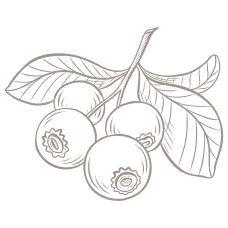
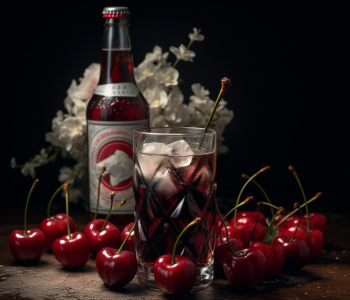
Fruit beers are created by incorporating fruit extracts or fruits during brewing, either in the fermenting, aging, or flavoring processes. A broad spectrum of flavors, such as raspberry ale, apricot wheat beer, or cherry beer, can be used.

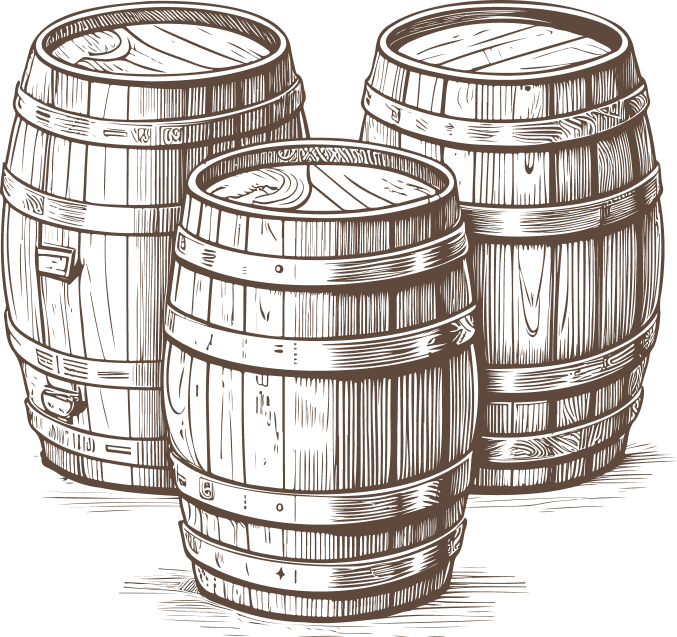
As the name suggests, these beers are aged in wooden barrels, which may have had previous uses for aging spirits like whiskey and wine. With aging, unique flavors can take action due to remnants of prior spirit storage.
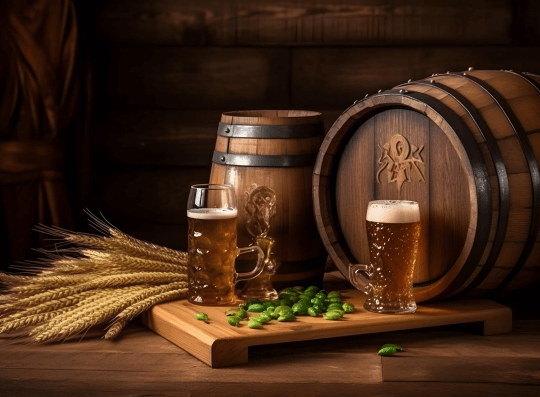
Certain bacteria and wild yeast strains are intentionally introduced in fermentation to produce sour beer’s tart, acidic taste. These sour beer styles include Lambic beers, Gose, and Berliner Weisse.
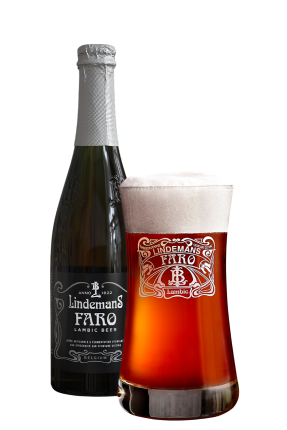

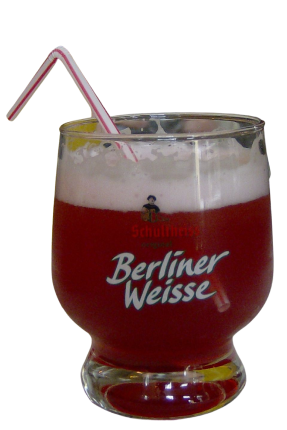
Rauchbier is a traditional German-style beer with smokey flavoring due to malted barley being smoked over an open flame.
Other smoked beers have a similar approach, where malt is dried or smoked over open flames, delivering a distinct smokiness.
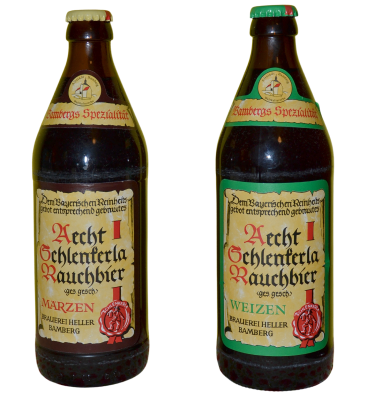
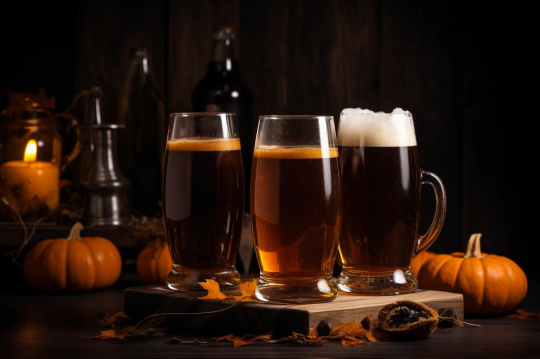
This beer adds spices and herbs to create unique flavors and aromas that push traditional beer boundaries. Flavor examples include spiced chai beer, pumpkin ale, and beers infused with beloved herbs such as basil and rosemary.

Indian Pale Ales provide brewers an excellent opportunity to unleash creative processes and experiment with hops to produce unique IPAs. From using dry-hopping techniques to combining hops for innovative flavor profiles, IPAs are a great route to take regarding creativity. Examples include New England IPAs (NEIPAs), Double IPAs, and Black IPAs.
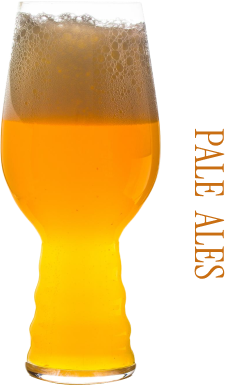
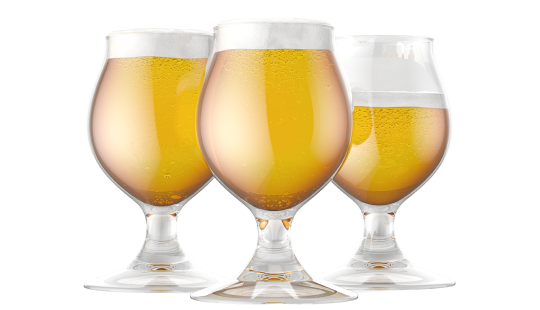
Belgian ales have higher alcohol content than many other ale versions, with rich malt profiles and unique flavors. Often, strong Belgian ales have spicy phenols and fruity esters that can deliver various styles and results, with popular examples being Belgian Quadrupel and Belgian Tripel.
Breweries can create specialty beers to revive traditional renditions and historical styles. While these types of beer aren’t the most popular, there are examples, such as historical British Ales like Burton Ale and revived farmhouse ales like Saison.
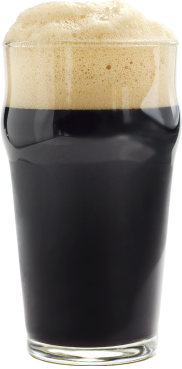
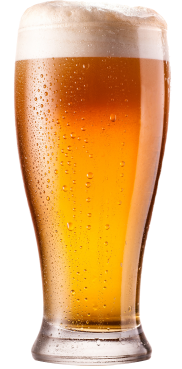
Pairing Beer and Food: Enhancing the
Experience

It’s common for beer to be enjoyed alongside food, with various flavors complimenting food groups and bringing different notes to life.

Understanding Beer Flavors
and Food Interactions
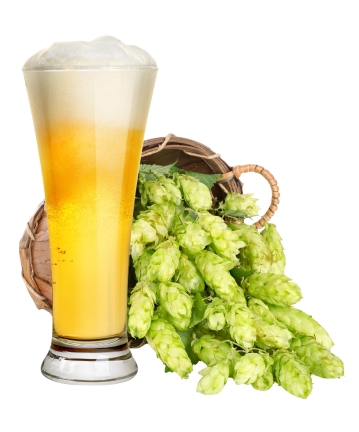
You can find a beer flavor that suits your taste, as there is such a diverse selection available, from hoppy and bitter to malty and sweet and even tart flavors. You can also find innovative flavors incorporating complex aromas such as spices and earthy notes. Understanding the flavor profile of the beer you choose will help you identify which food it will pair with the best.
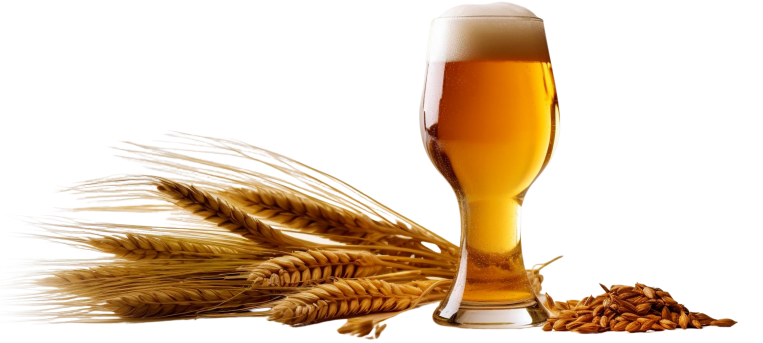
You can either complement the flavors of your food by selecting a beer with similar flavors or create contrast by choosing an opposing taste that makes an exciting flavor combination. More decadent foods go well with beers with a heavy flavor, whereas sweeter, lighter dishes go well with light lagers.
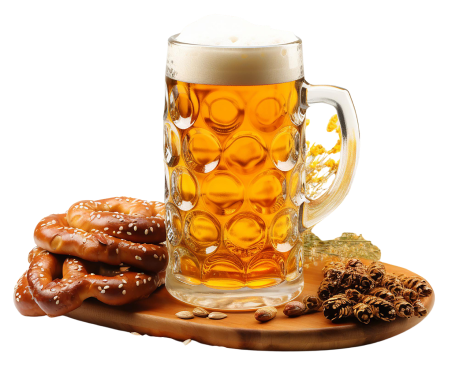
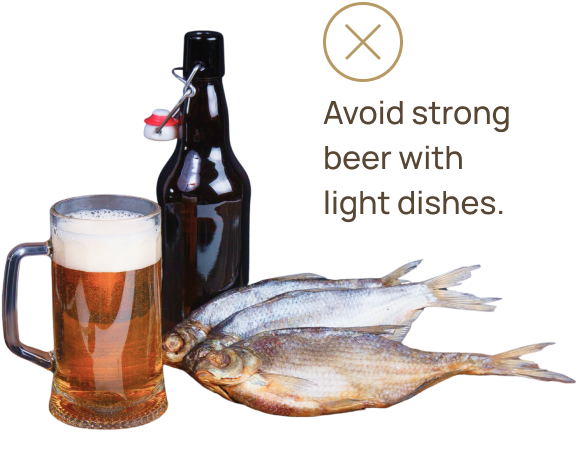
Each type of beer and food will have varying levels of intensity to consider.
For example, if you’re eating a light dish such as salad or seafood, pairing this with an intensely flavored, high-alcohol beer won’t be the best option.
On the other hand, if you’re tucking into a fragrant, heavily spiced meal, you should select a beer with the intensity to cut through these flavors and hold its own.
As beer is a carbonated drink, often with a bitter taste, it can refresh the palate and cleanse fatty and rich foods out of the mouth.
Finding a beer with a good level of bitterness will help to cut through the richness and refresh the tastebuds for a more enjoyable, balanced meal experience.
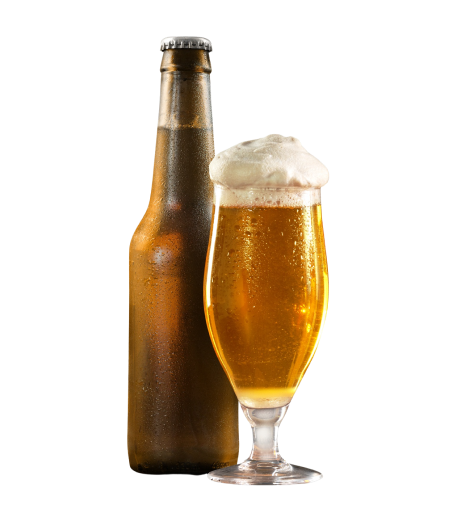
General Guidelines for Beer
and Food Pairing
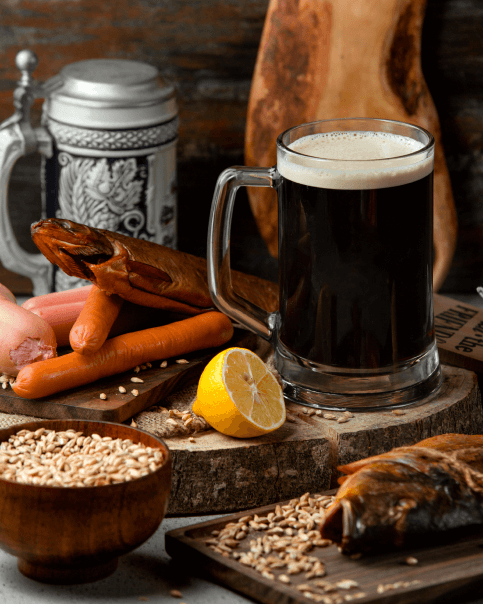
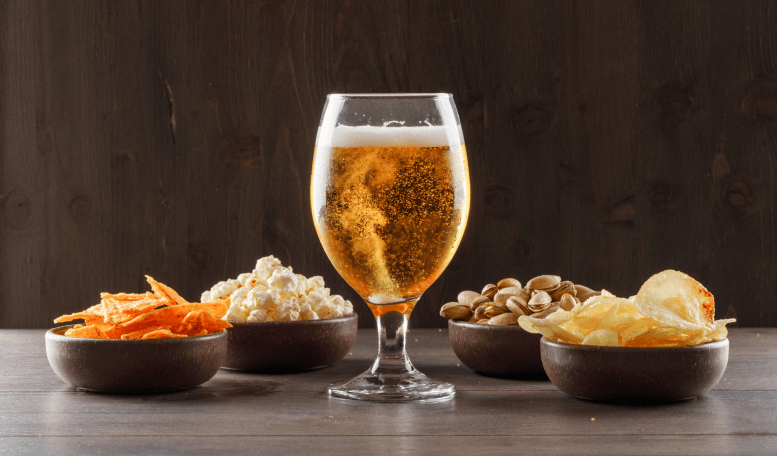
The best way to pair beer and food is by considering the intensity of both. Lighter dishes generally pair best with milder beers, whereas flavorful, bold food can hold itself against stronger beers.
The best way to pair beer and food is by considering the intensity of both. Lighter dishes generally pair best with milder beers, whereas flavorful, bold food can hold itself against stronger beers.

Your personal preference will help determine if you’d rather have a contrasting or complementary tasting experience when drinking beer while enjoying a meal.
To complement each other, you should select flavors that blend together and bring out the best in each other, the way malty beer can enhance roasted meats or citrusy beer with seafood.
To contrast, pair flavors that balance each other out, such as spicy food, with a hoppy beer that mellows the intensity.

MALTY BEER
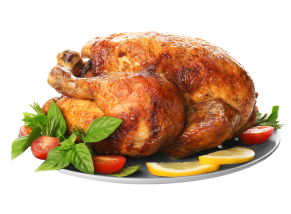
ROASTED MEATS
Flavors that complement and enhance.
Water
Yeast
Sugar
Spices
Malt
Honey
Hops
Grain
Aromas are another element of a beer that interacts with how food tastes. If your beer has fruity, floral, or spicy aromas, it can join forces with specific dishes and enhance the flavors, whereas herbal or earthy aromas are best with savory dishes.
As beer is a carbonated drink, it can cut through rich flavors and refresh the palate.
It’s best to combine rich or fatty dishes with bitter beers to achieve this effect for a balanced, refreshing delivery.
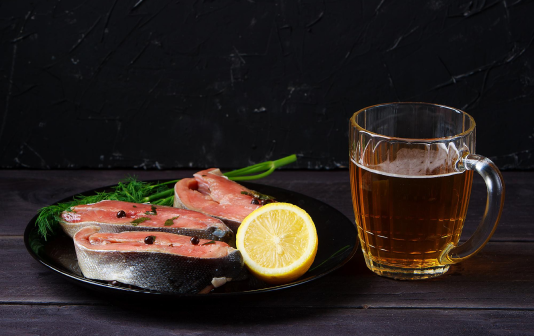
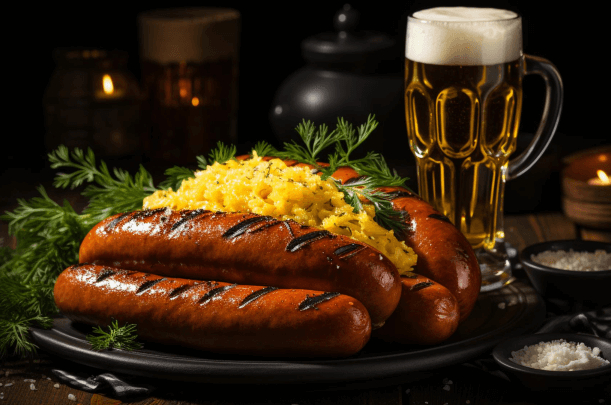
German lagers with sausages
As beer has a deep history in various cultures, regional and traditional pairings stand out. For instance, German lagers are excellent with sausages, and Belgian ales pair well with mussels.
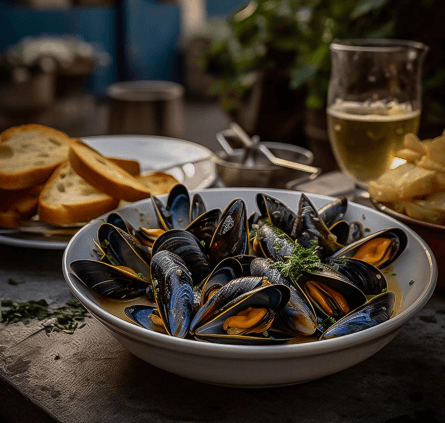
Belgian ales mussels
As beer has a deep history in various cultures, regional and traditional pairings stand out. For instance, German lagers are excellent with sausages, and Belgian ales pair well with mussels.

German lagers with sausages

Belgian ales mussels
As we all have unique tastes, there’s no harm in getting creative and trying various combinations to find the one that suits you best. Go where your tastebuds take you to find food and beer pairings that hit the right spot.
Examples of
Successful Beer and
Food Combinations
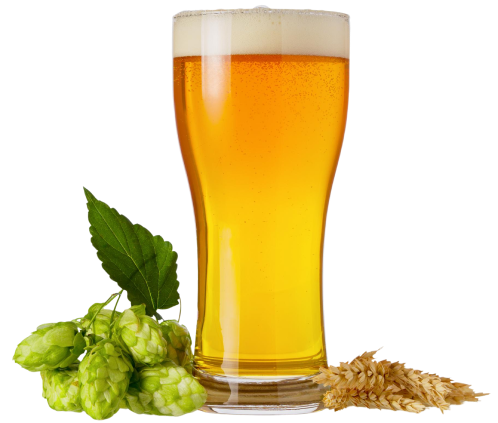
IPAs have distinct bitterness and citrusy flavors due to the hop content, complementing spicy dishes like Indian curries, Mexican cuisine, and buffalo wings.


Creamy cheeses such as camembert, brie, and gouda pair well with fruity, spicy flavors that cut through the richness. Belgian Tripel is a great example.
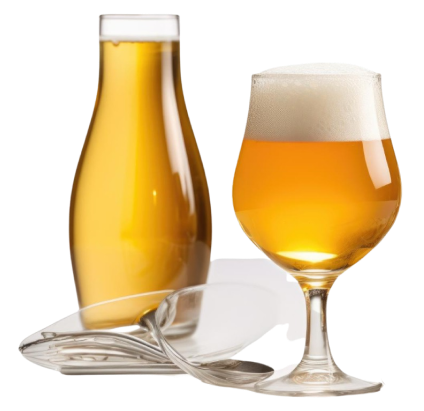
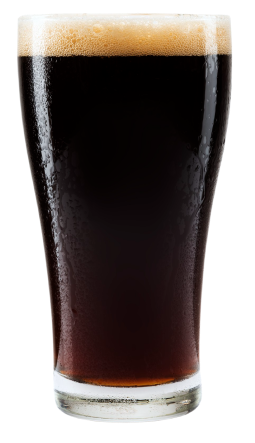
As stout provides a roasted, chocolatey flavor, the drink pairs well with sweet treats and desserts such as chocolate cake, brownies, and chocolate mousse.
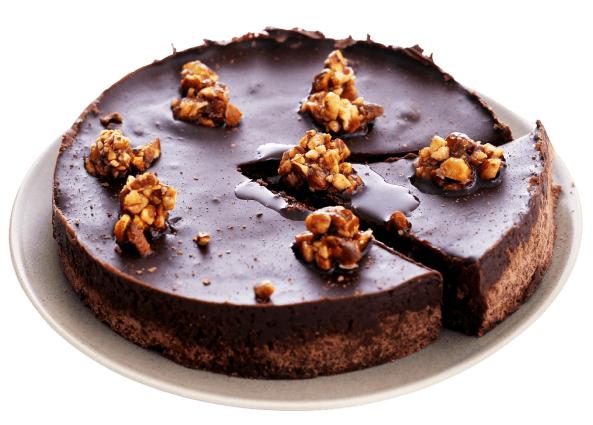
Pilsner has beautiful crisp, clean flavors that compliment lighter seafood dishes, from seafood salad to shrimp and grilled fish.
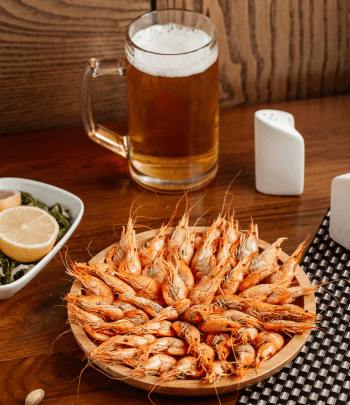

SALADS OR LIGHTER FARE
Wheat beer (witbier etc.) has citrusy, refreshing notes that go well with grilled vegetables, light seafood, and fresh salads.
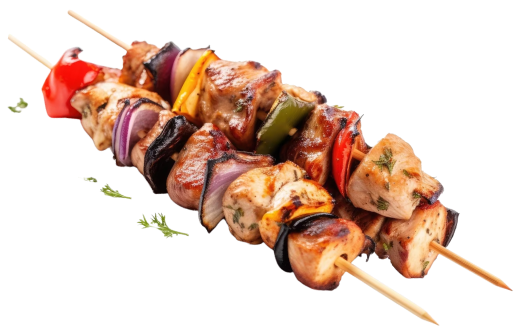
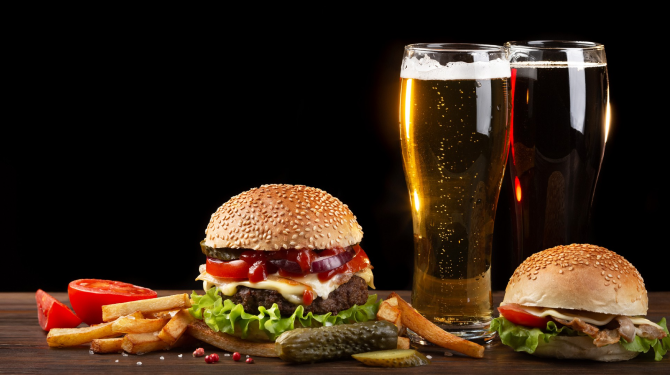
Porter provides smoky, rich caramel notes that combine beautifully with barbecue dishes, from pulled pork to ribs to grilled burgers.

Saison has invigorating spicy, fruity, and earthy flavors that team up with farmhouse-inspired dishes, including rustic vegetables, herbed goat cheese, and roasted chicken beautifully.
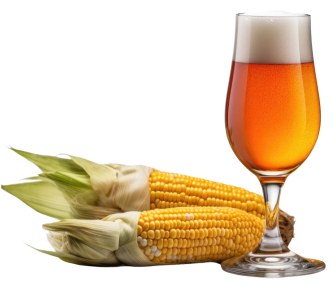

Pale ales have a balanced profile of bitter hops and sweet malts that can hold their own against well-rounded flavors from burgers and pizzas.
ROASTED MEATS
Toasted, caramel flavors of amber ales are perfect for pairing with hearty beef stews and roasted meats such as pork loin and roasted chicken.
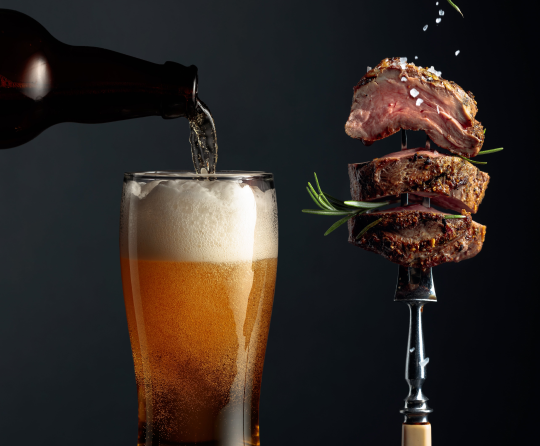
Conclusion
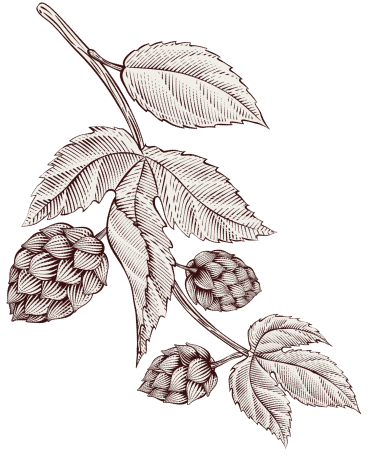
The world of beer is a vast market, and there are numerous paths you can take to find your favorite flavor. Whether beer is your drink of choice on a night out or you’re looking for a specific type to accompany your next BBQ, our guide has provided insight into all the most popular options.
Understanding the ingredients of beer can be helpful on your next visit to the store or bar, ensuring you know the difference between a beverage with high malt content or hops and finding the perfect beer that suits your taste.
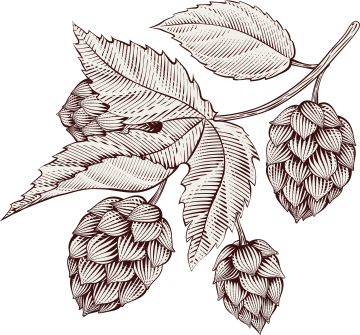

How many types of beer are there?
There are numerous types of beer, with estimates ranging from over 100 to over 400 different types. The sheer variety of beer types is a result of distinct brewing techniques, ingredients, and regional traditions from around the world. From lagers and ales to stouts and IPAs, beer enthusiasts are continually discovering new and unique styles to explore and enjoy.
What are the main parts of beer?
The main parts of beer include water, malted grains (such as barley), hops, and yeast. These ingredients are combined through the brewing process to create the final product. Additionally, other ingredients such as spices, fruits, and even additional grains can be added to create different flavors and styles of beer.
What's the difference between beer and ale?
Beer and ale are different in their brewing process and yeast used. Beer is a general term that includes various fermented alcoholic beverages, including ales. Ales are a specific type of beer brewed with top-fermenting yeast and higher temperatures for quicker fermentation. Ales have higher alcohol content, fuller body, and a fruity or estery flavor profile. On the other hand, lagers are a different type of beer using bottom-fermenting yeast and lower temperatures for slower fermentation. Lagers have a longer fermentation period and a lighter, crisper taste. In summary, the main difference between beer and ale is the yeast used and resulting flavor.
What does IBU indicate in beer?
IBU stands for International Bitterness Units. It is a measurement used to quantify the bitterness of beer. The higher the IBU, the more bitter the beer will taste.
What is ABV and how does it affect beer's taste?
ABV stands for Alcohol By Volume, which is the measurement of the alcohol content in a beverage. It is typically expressed as a percentage.
- ABV affects the beer’s taste by providing a stronger or more intense alcohol flavor.
- Higher ABV beers tend to have a heavier, warming sensation and can carry a stronger alcohol taste.
- Lower ABV beers may have a lighter, more refreshing taste with less noticeable alcohol presence.
What is the most popular type of beer?
The most popular type of beer varies depending on the region and personal preferences. However, globally, lagers tend to be the most popular type of beer. Lagers are known for their crisp and refreshing taste, and they are often preferred by beer drinkers worldwide. Some popular examples of lagers include brands like Budweiser, Heineken, and Coors.
What type of beer is Budweiser?
Budweiser is a popular American lager beer.
What type of beer is Corona?
Corona is a brand of Mexican beer known as a pale lager. It is typically light in color, has a mild taste, and is often served with a wedge of lime to enhance the flavor.
What is the original type of beer?
The original type of beer is believed to be an ancient fermented beverage made from cereal grains, such as barley, wheat, or corn. It dates back thousands of years to ancient civilizations, such as the Sumerians and Egyptians, who first discovered the brewing process. However, the specific original type or recipe of beer is unclear, as brewing techniques and ingredients have evolved and diversified over time.
What is the smoothest type of beer?
The smoothest type of beer can vary depending on personal preference, but generally, beers like lagers or cream ales are known for their smoothness. These beers typically have a lighter flavor and a smoother mouthfeel, making them easier to drink and enjoy. However, it’s important to note that taste can be subjective, and what one person finds smooth, another may not. Ultimately, it’s best to try different types of beers to discover your own preferred level of smoothness.
